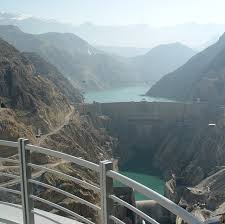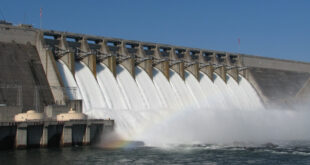A memorandum of understanding has been signed by the Energy Ministry. the Management and Planning Organization. Khatam-al-Anbiya Construction Headquarters and Khuzestan Governorate on tackling the oil-rich region`s persistent water and wastewater problems. Energy Minister Hamid Chitchian said.
“The MoU. worth $3 billion. calls for expanding urban sewage infrastructure and rehabilitating the water supply network. Chitchian was quoted as saying by IRNA on the sidelines of the MoU signing ceremony in Tehran on Tuesday.
Chitchian noted that $2.5 billion will be allocated for water supply projects. Moreover. $350 million and $150 million will be spent on building modern wastewater plants and renovating the provincial water network respectively.
Asked about funding procedures. he said $1.7 billion is to be financed by private domestic and foreign investors and the rest from state funds. No further details were available.
Khatam-al-Anbiya. the contractor of the project. is a conglomerate affiliated to the Islamic Revolutionary Guard Corps.
Khuzestan water and wastewater mega project needs foreign direct investment. Chitchian said on Tuesday. He added that his ministry is in negotiations with foreign financial institutions from France. Australia. South Korea. Japan. Spain and the UK to raise funds for the Khuzestan project. but did not provide details.
Water supply projects to towns in the province. including to Shadegan. Izeh. Hendijan and Shoushtar. have made 25% progress.
Pointing to government’s tight budget due to low oil prices that has led to underinvestment in industrial and energy infrastructure. the official said. We should turn to foreign investors who can now be approached because of the easing of economic restrictions.
Years of international financial and trade curbs and a steep decline in global oil prices up until mid-2016 put a dent in Iran`s revenues and almost stopped development projects.
Khuzestan was on the receiving end of the costly Iraq-Iran conflagration in the 1980s during which its public utilities and facilities were destroyed. The region has also endured a persistent drought for well over a decade. forcing the locals to overuse the dwindling groundwater reserves which will take a long time to replenish. if at all.

 Iran Energy News Oil, Gas, Petrochemical and Energy Field Specialized Channel
Iran Energy News Oil, Gas, Petrochemical and Energy Field Specialized Channel



